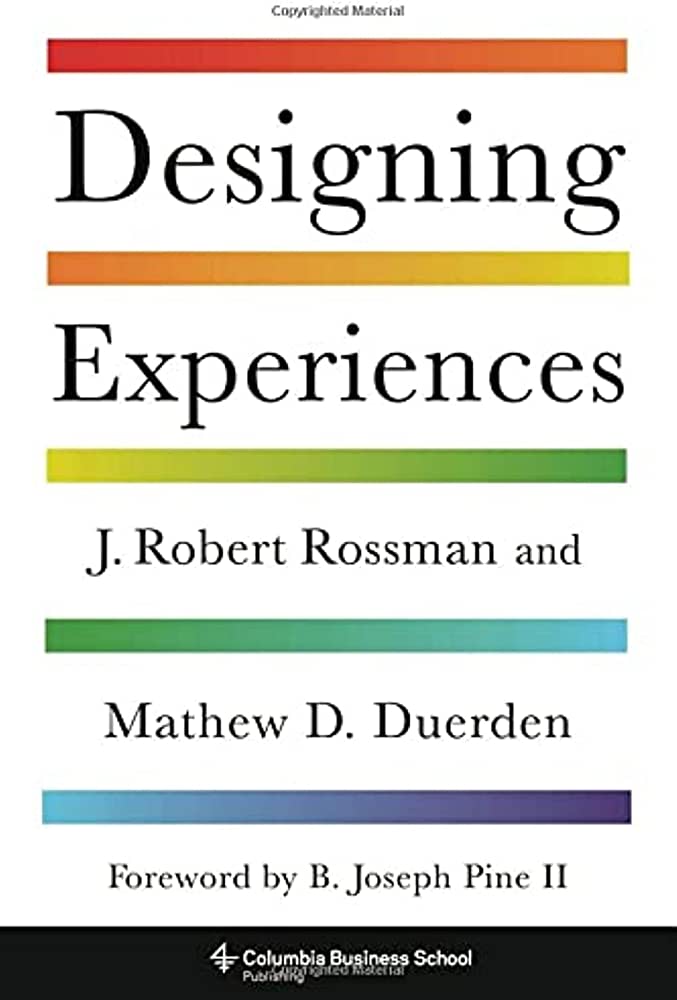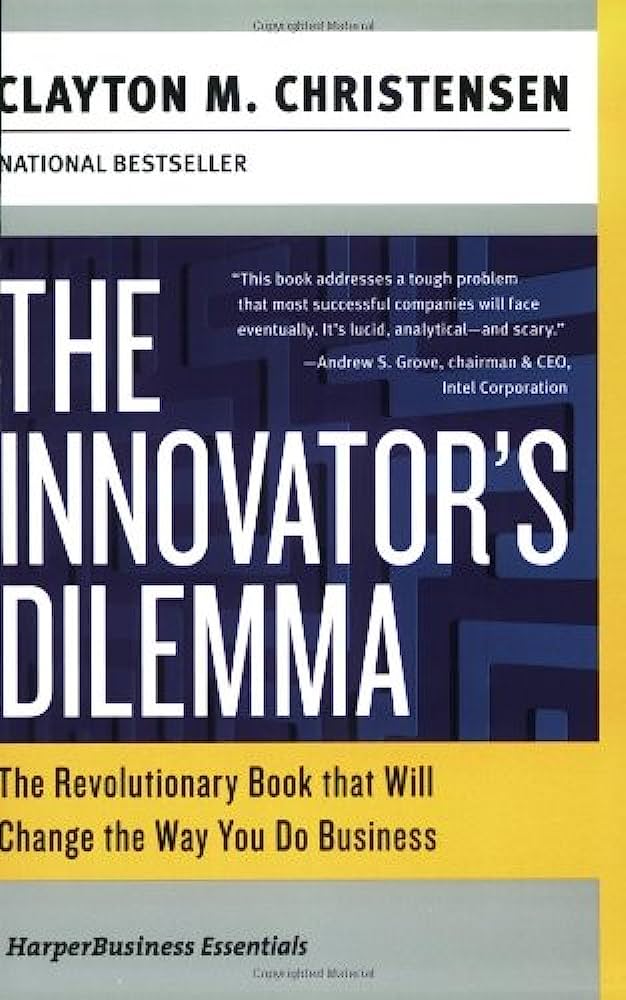Reality is Broken: Why Games Make Us Better and How They Can Change the World
RATING


Given that, according to this book, more than 174 million Americans are “gamers” and the average young person in the United States will spend ten thousand hours gaming by the age of 21, this book provides much-needed insight into why people play games and how games stimulate both gamers and non-gamers.
The author distills the game into 4 basic components: a goal; the rules; a feedback system; and voluntary participation. The book then goes on to advance the premise that reality has failed us because it is not as interesting as games, and how we can therefore correct this problem through application of the principles of games. Through many examples of games, the book can help the reader understand business or the world and how it applies to this “gamer” generation.
Through a scholarly presentation of gaming by one of the most renowned experts on the subject, Jane McGonigal gives justification for the amount of time we all spend on games and provides insight into how to relate to gamers. Her analysis goes far to help understand and, in some cases, exonerate gamers for what many perceive as a waste of time or mindless addiction, actually building competitive and positive qualities into gamers.
The author goes to great lengths to preach the virtues of gaming and applications therein, however in the process often fails to present balance the negative effects of gamers on society. For example, the author sees in many videogames redeeming qualities that should be applied to real-life interactions, even more so because reality does not provide the stimulus that is found in videogames. McGongial stresses that “compared to games, reality is depressing, trivial and pointless.” Many would challenge this premise by pointing out that the author might need to provide more analysis of reality and some of its better qualities as well as the downside qualities of video gaming addicts.
A visionary game designer reveals how we can harness the power of games to boost global happiness.
With 174 million gamers in the United States alone, we now live in a world where every generation will be a gamer generation. But why, Jane McGonigal asks, should games be used for escapist entertainment alone? In this groundbreaking book, she shows how we can leverage the power of games to fix what is wrong with the real world-from social problems like depression and obesity to global issues like poverty and climate change-and introduces us to cutting-edge games that are already changing the business, education, and nonprofit worlds. Written for gamers and non-gamers alike, Reality Is Broken shows that the future will belong to those who can understand, design, and play games.
This book provides an enlightening analysis on what makes games engaging. Even for those who disagree with the premise of gamification, the book is full of ideas and examples tied to a wide variety of games, both video and traditional. For those interested in gamiification theory, this is a must-read. Anyone who wants to understand how business can be applied to the gamer generation, whether trying to engage consumers or employees, will find this book instructive.

Reality is Broken focuses more on the intrinsic value of games through research and examples. On the application framework side, the book comes up short. It does provide examples as to why games like Foursquare have widely applicable appeal, however this, unlike Radoff’s Game On(see Senteo review), provides little in the way of analysis and tools for implementing games in the customer experience or business environment.
See content on this topic

Understand the value of a customer-oriented analytics package and how behavioral scenarios can be used to improve profitability through influencing behavior and usage.
To understand the principles of game dynamics and learn how to effectively use the elements of gamification in business: to involve customers, employees and contractors in the process.
Understanding branding and communications from the standpoint of emotional engagement and building relevant and meaningful dialogue with customers.
This course covers a complete view of customer touch points (both physical and virtual) and a unique model for standardizing and managing customer contact models across channels including approaches for customer feedback, quality management, and migration.
Experiential Branding & Communications – Improving Brand Integration Through Emotional Engagement.
This course covers a complete view of customer touch points (both physical and virtual) and a unique model for standardizing and managing customer contact models across channels.
Understanding how leaders must evolve with relation to the evolution of business models, new management models, and the significant changes to the workforce with Digital Natives now making up more than 50% of the workforce globally.
Understand how to manage both internal and external digital transformation while considering the landscape for digital business models and the effect on traditional business models. Understanding organizational readiness for transformation and the role of corporate culture in managing transformations.
The changes in consumer behavior, employee behavior, and the evolution of business models in the digital age cause significant difficulties and imperatives for leaders who must develop new skills and evolve their leadership styles to be effective in this fast changing, challenging, and competitive environment.
Understanding how to design & manage change/transformation programs in organizations of different sizes. This course will help any size team or organization to better deal with change & transformation on any scale.




 Copy Link
Copy Link
 E-mail
E-mail
 LinkedIn
LinkedIn
 Facebook
Facebook
 Telegram
Telegram
 WhatsApp
WhatsApp
















 Go Back
Go Back
Leave a Reply
You must be logged in to post a comment.